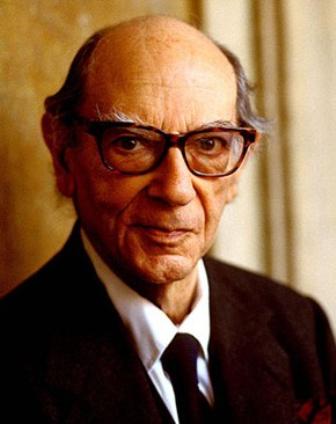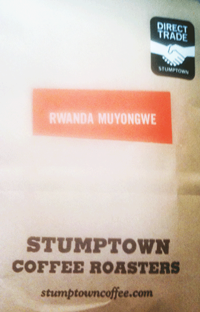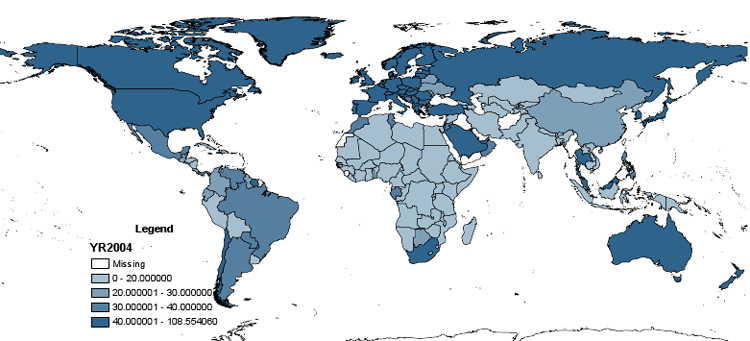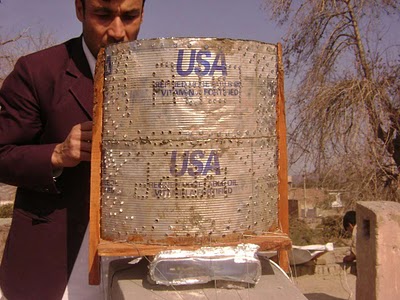The first two sentences come out of thousands of commencement addresses, not to mention inspirational foreign aid addresses. But they’re bad advice.
Social entrepreneurs in foreign aid might learn from private sector entrepreneurs, who don’t stick to fixed goals.
A University of Illinois graduate moved to Silicon Valley with a great goal (perhaps inspired by the Illini commencement address) – develop security software for hot-selling handheld devices like the Palm Pilot. He assumed that enterprises were soon going to be using Palms as primary means of communication and sharing documents, and would need security to protect business secrets. “Any minute now, there’ll be millions of people begging for security on their handheld devices,” he thought. He was wrong – he never found a demand for handheld security software.
He could have kept trying to make his original idea work. Entrepreneurs that do stick to fixed goals are very good at least at one thing – wasting investors’ money. An idea for an online grocery startup, Webvan, managed to go through $1 billion before finally pulling the plug.
Illinois Man was different. He shifted to Plan B. Sell his cryptography software. Still no takers. We can skip over Plans C, D, and E, which all failed.
Plan F was a system for securely transferring cash from one Palm Pilot to another. He put a demo on the Internet so people could see how great it would be for Palm Pilots. People liked the web demo and started using it for real transactions, while the demand from Palm users still failed to materialize. eBay users started asking if they could put the web demo in their ads for people to pay them. There was no demand for the product, only for the web demo.
Illinois Man finally realized what might succeed. He forgot about Palm Pilots. Plan G was a system for making secure online payments for sites like eBay. His Plan G company was called PayPal, and his name was Max Levchin. eBay eventually bought PayPal for $1.5 billion. The story is from a new book by John Mullins and Randy Komisar, Getting to Plan B.
This principle translates to social entrepreneurship. Mohammed Yunus was trained as an irrigation economist. If he had stuck to fixed goals they would have involved irrigation. We would never of heard of him or of microcredit (at least until someone else without fixed goals came along).
Why is entrepreneurship so hard? It is always very uncertain what you can do well that the customers will want. Finding that sweet spot is a process of trial and error and gathering feedback. Research cited by Mullins and Komisar shows it takes 58 new product ideas to develop one successful product.
An even better book on this theme of searching for what works rather than sticking to the pre-conceived plan is Bill Duggan’s Strategic Intuition. Duggan uses a nice military analogy. Why was Napoleon such a successful general? Before Napoleon, military strategy was about how to take a fixed position from the enemy. Napoleon realized that the point of a war was to defeat the other army. He said, forget the targets, just keep the army moving relative to the other army until you are in the most advantageous position, then attack.
Of course, this advice about flexible goals might conflict with previous advice about specialization. Yes, you want to get the gains from specialization, but be flexible about what your specialization will produce for the customers. So you might be a health specialist, but which among many interventions that you could do will pay off? James Grant, a former director of UNICEF, knew he wanted to save children’s lives, but he was open to any way to do it. He and his staff stumbled on oral rehydration therapy, which has since saved millions of babies from dying from diarrheal diseases at a cost of about 12 cents per dose.
The economists’ version of this mentality is to keep doing and redoing your cost/benefit analysis. The rational next step is one with the highest ratio of benefits to costs. Many goals are set that ignore cost/benefit analysis altogether (Millennium Development Goals, for example). Other goals might be set with some vague notion of predicted costs and benefits, but these predictions are usually wrong. You have to be willing to adjust as benefits and costs turn out to be different that expected, and often shift to another activity altogether – Plans B,C,D,…Z.
Obviously the official aid world of MDG Plans and Poverty Reduction Strategy Papers does not have a clue about the entrepreneurship needed to solve problems.
Official aid doesn’t know how to operate in a world where most Problems are solved by entrepreneurs who originally intended to solve a DIFFERENT Problem. So it’s up to you private and social entrepreneurs.

 (HT Dennis Whittle for reminding me of the Herzen chapter.)
(HT Dennis Whittle for reminding me of the Herzen chapter.) From Aid to Equality
From Aid to Equality














